Johnson & Johnson and the NYSE Century Club: How Companies Reach 100 Years and More
On July 17, Johnson & Johnson Vice President of Finance and Chief Financial Officer Dominic Caruso attended a meeting of the New York Stock Exchange’s Century Club. What’s the Century Club? It’s a group of companies headquartered in the United States, listed on the New York Stock Exchange, and founded a minimum of 100 years ago -- each of which is still thriving and innovating today. Who’s in the club besides Johnson & Johnson, and what do they all have in common? Read on to find out!
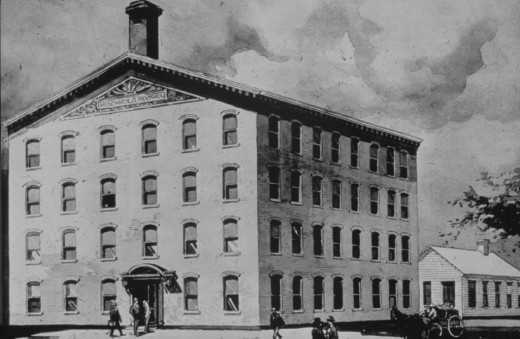
The members of this very cool club (not all of whom attended the meeting) span the range of American business, from health care companies like Johnson & Johnson and Merck to icons like Coca-Cola, Wells Fargo, Tootsie Roll Industries, The New York Times, Kellogg, GE, Con Edison and more. The focus of the meeting was innovation and growth over time. Here’s how the Century Club website describes the organization:
“The NYSE Century IndexSM, launched on July 12, 2012, was created to recognize companies that have thrived for over a century. Component companies have demonstrated the ability to innovate, transform and grow through decades of economic and social progress. [NYSE Century Club website, The Index: https://www.nyse100club.com/index]
The oldest member of the Century Club actually predates the formation of the United States by 17 years. (It’s Lorillard Inc., founded in 1760, in case anyone’s interested.) The youngest members are relative newcomers at just 100 years young, founded when the sinking of the Titanic was still recent news. The New York Stock Exchange (NYSE Euronext) is a member of its own club, having been founded officially in 1817 -- but in fact dating back to 1792 when 24 stockbrokers signed an agreement under the shade of a buttonwood tree outside of 68 Wall Street. Guess who else is a member of the Century Club? Mead Johnson Nutritionals (founded in 1905), the company founded by Edward Mead Johnson after he left Johnson & Johnson. These organizations may have been founded in the days of handwritten letters and travel by horseback, but they’re still thriving in the era of social media and 3-D printing, and they all have something in common: they have remained flexible, adaptable and focused on what’s coming next, so that they can reinvent themselves and frequently reinvent the future of their industries.
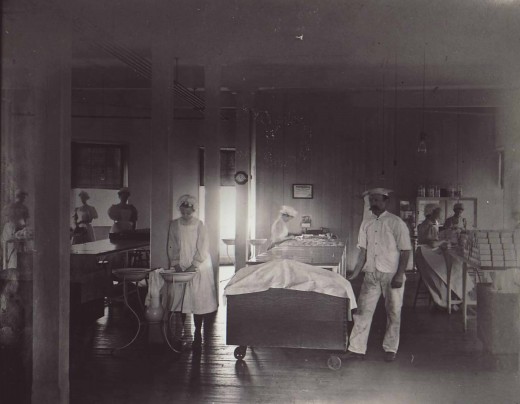
Many of the companies in the Century Club were founded to create a piece of the future: Johnson & Johnson was founded to make the first mass produced sterile surgical dressings and sterile sutures to help make surgery sterile. Kellogg was founded by the co-inventor of flaked breakfast cereal to change breakfast from a heavy, unhealthy high-fat meal to a healthier one. Con Edison dates back to the merger of three companies that brought together different forms of energy – gas, steam and Thomas Alva Edison’s first successful incandescent electric lamp. Today, the modern world would be unthinkable without these contributions.
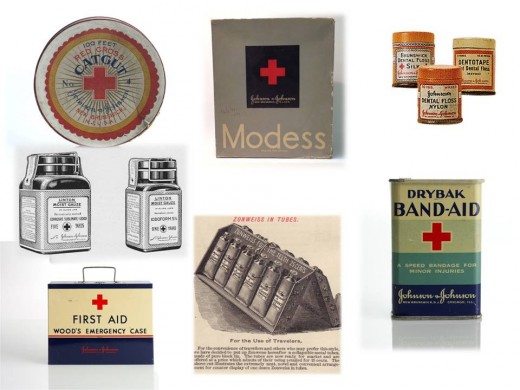
Some of the contributions Johnson & Johnson has made to shaping the world as we know it include not only mass produced sterile surgical products but the first commercial first aid kits In 1888, toothpaste in a tube in 1889, pre-made bandages for small wounds, products that help empower women, lifesaving medical devices and diagnostic products and prescription medicines. The Company has managed through three global depressions – the Panics of 1893 and 1907, and the Great Depression in 1929 – two World Wars, and has witnessed the change from steam locomotives and horses to airplanes, space shuttles and the internet. (By the way, economic depressions used to be called “panics” until 1929, when the name was changed because U.S. President Herbert Hoover felt that the old name would,…er, panic people.)

Johnson & Johnson began by being an early adopter of disruptive 19th century technologies like telephones and typewriters. During the early 20th century, General Robert Wood Johnson wanted to equip the company’s salesforce with another disruptive technology – airplanes, but that idea didn’t come to fruition. In 2006 we were an early adopter of another disruptive technology -- social media. And in the 2010s, the Company has been developing mobile apps to increase health literacy and sponsoring organizations that reach underserved mothers in the U.S. and around the world through mobile technology.
Despite all of that change, there are some things that have remained constant at Johnson & Johnson: we’re still headquartered where we were founded in 1886, for one. And our logo is still based on the signature of one of our founders. Another constant is what we focus on. Dominic Caruso, in his post on our corporate blog, quoted a 1908 letter from our founder Robert Wood Johnson, in which Johnson said: “We are all fortunate, in that we are engaged in manufacturing products to be used throughout the world for the relief of pain and suffering.”
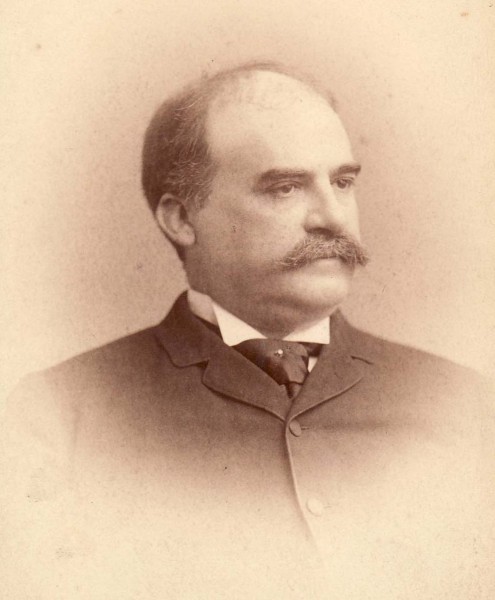
If our founders and first 14 employees had access to a time machine and could visit the Company 127 years into their future, they would likely be amazed by the products and technologies we have created today, by how high tech and futuristic our workplaces look compared to 127 years ago, and by the fact that we’ve grown to have about 128,000 employees around the world. But technology aside, they would immediately feel at home -- because they would recognize that what motivated them still motivates us 127 years later. Although the technologies we use and the ways in which we meet health care needs have changed dramatically, our basic approach and philosophy – managed for the long term, with an emphasis on using science and innovation to meet unmet needs and care for people – has stayed the same since we began.
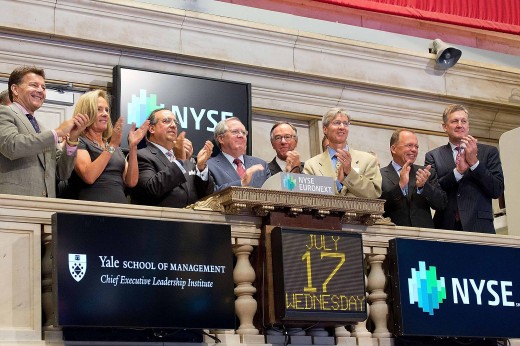
At the end of the Century Club meeting, Dominic Caruso joined Con Edison CEO Kevin Burke and other CEOs to ring the closing bell for the New York Stock Exchange. Con Edison owes its origins (and its name) in part to Thomas Alva Edison…which also brings to light an historical connection with Johnson & Johnson. Thomas Edison, one of the world’s greatest innovators, was a friend of our Scientific Director Fred Kilmer, one of the greatest innovators in our Company’s history. Not only did Edison spend a lot of time in Kilmer’s pharmacy, he also bought supplies from the pharmacy that he used in creating the first commercially successful incandescent light.

Fascinating story on J&J and other companies that have stood the test of time and still thrive today.
Thank you for this article
As I deliver new hire presentations at Omrix I have taken the liberty to incorporate some of the amazing facts included in this article.
Great article.... thanks for sharing.